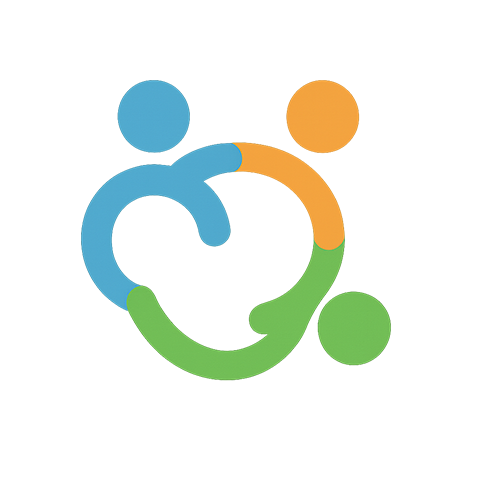
Building Strong Communities: The Impact of Social Welfare on Economy and Philanthropy
Building Strong Communities: The Impact of Social Welfare on Economy and Philanthropy
In today’s ever-evolving world, the concept of social welfare has emerged as a cornerstone for fostering resilient communities. It is more than just a safety net; it is a pathway to uplift individuals and families, fostering a sense of belonging and support. When we talk about social welfare, we must recognize its intricate relationship with both the economy and philanthropy, shaping not just the lives of those in need but also the overall fabric of our society.
Foundations and Philanthropy: A Catalyst for Change
Philanthropy plays a pivotal role in enhancing social welfare. Foundations, both large and small, dedicate their resources to addressing pressing social issues. These organizations recognize that by investing in community well-being, they are investing in the future of society as a whole. From funding educational programs to supporting food banks, philanthropic efforts serve as the backbone for many social welfare initiatives.
Consider the impact of local charities that emerge from the grassroots level. These small organizations work tirelessly to meet specific community needs, whether it’s by providing after-school programs for children or offering mental health services. They embody the spirit of community by focusing on the unique challenges that neighborhoods face, showcasing how philanthropy can have a profound and targeted impact.
The Economic Implications of Social Welfare
The relationship between social welfare and the economy is both complex and crucial. A robust social welfare system can lead to a healthier workforce, which in turn drives economic growth. When individuals have access to essential services such as healthcare, education, and housing, they are more likely to contribute positively to the economy.
Investing in social welfare also creates jobs—whether directly through employment in public services or indirectly through the stimulation of local businesses. For instance, when families are supported with well-organized welfare programs, they tend to spend more on local goods and services, thus invigorating the community’s economy. This cycle of reinvestment produces a win-win situation, where not only are the immediate needs met, but the economic health of the community improves.
Engaging the Community Through Collaboration
To truly harness the benefits of social welfare alongside economic development, collaboration is key. Local governments, nonprofits, and private sector stakeholders must work together to create holistic approaches that address community needs. By pooling resources and expertise, these collaborations can lead to innovative solutions that bridge gaps in service delivery.
Take, for example, community-driven initiatives that merge welfare programs with job training. By equipping individuals with essential skills while providing supportive services, communities can break the cycle of poverty and foster resilience. This synergy not only uplifts individuals but also fortifies the community as a whole, paving the way for a sustainable economic future.
Ultimately, the journey toward building strong communities through social welfare is a shared responsibility. Each of us has a role to play, whether it’s through volunteering, donating, or simply advocating for inclusive policies. Recognizing the profound impact of social welfare on both the economy and philanthropy serves as a reminder that when we invest in our communities, we are also investing in ourselves.



